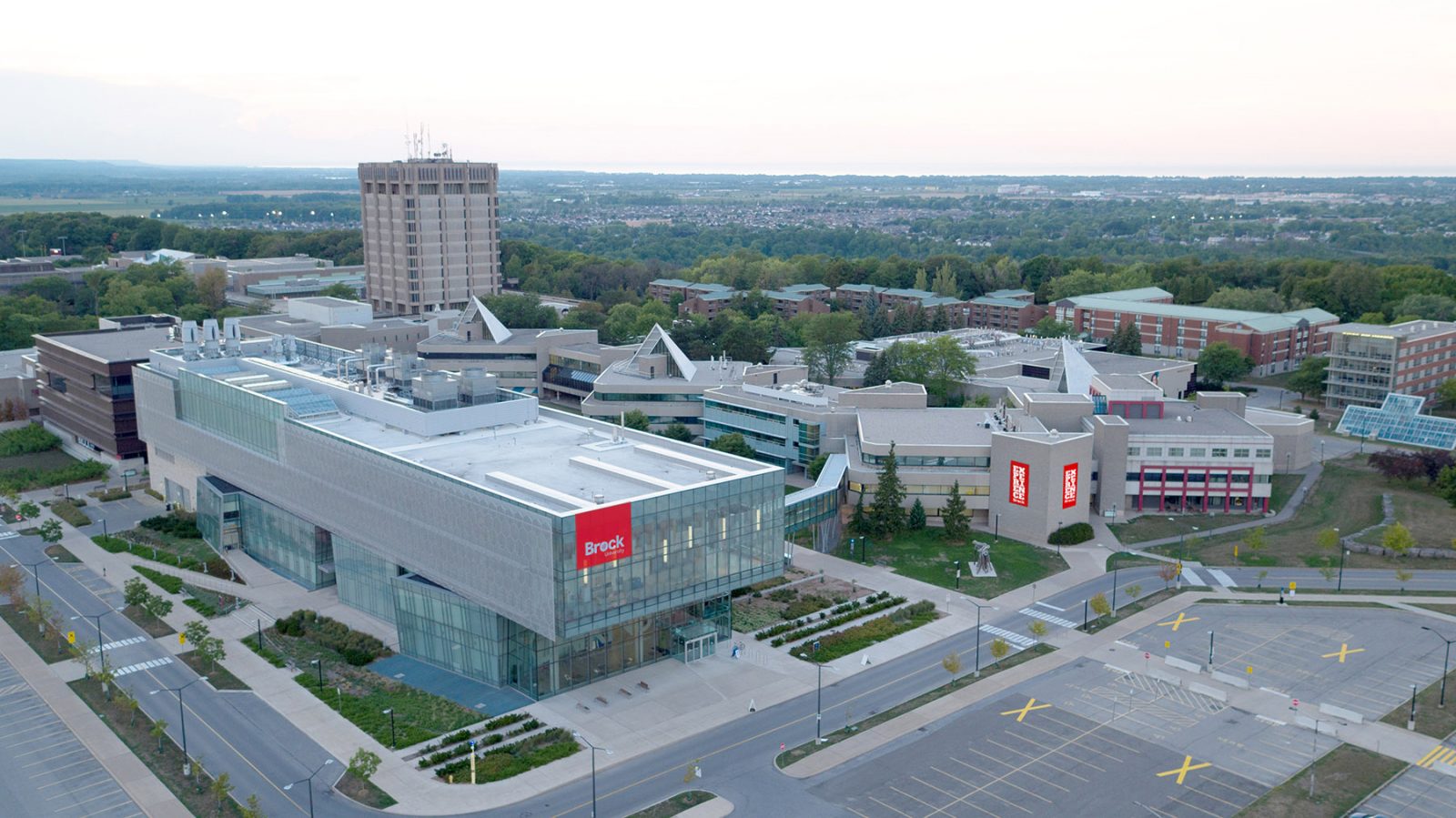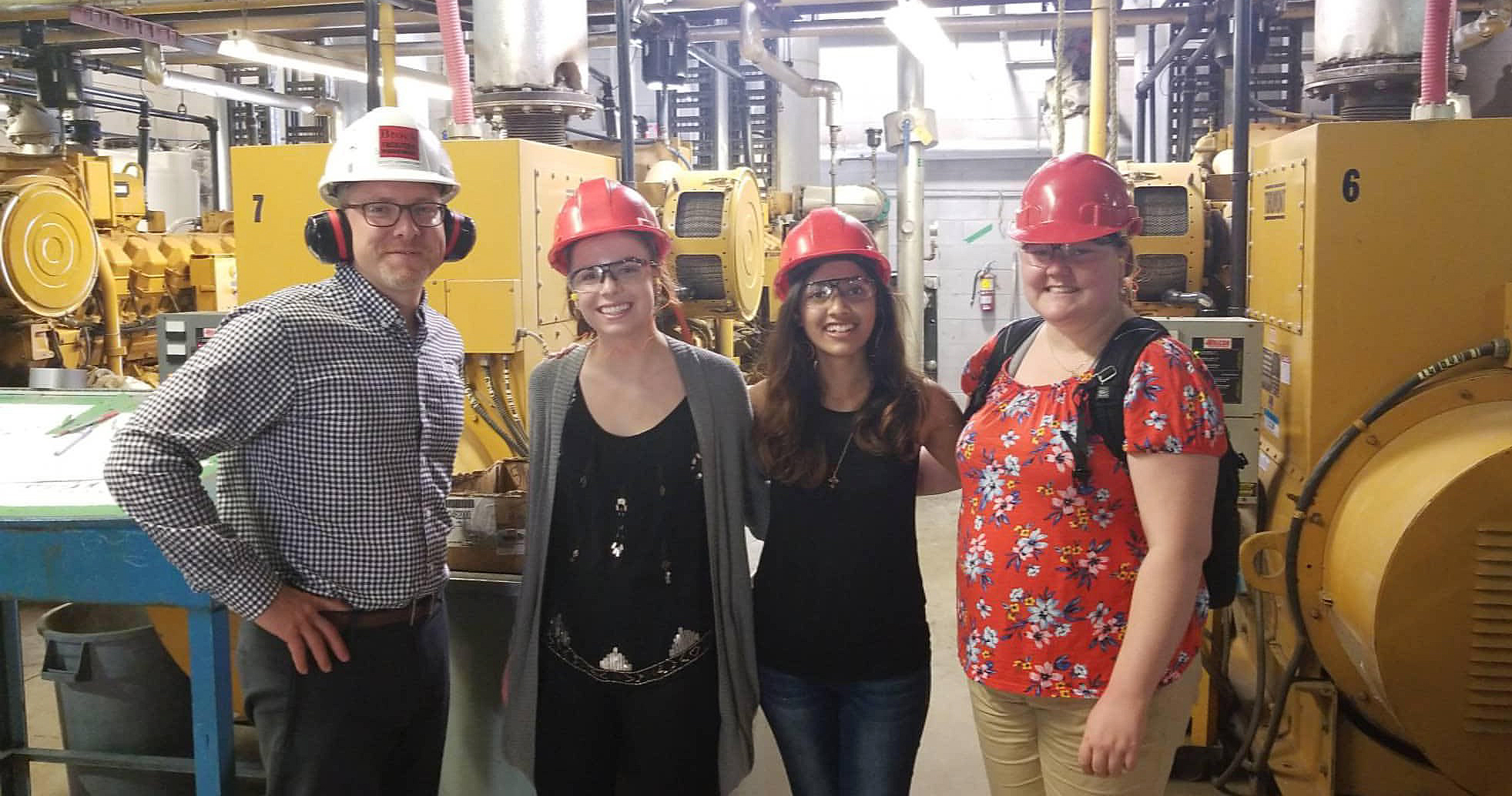Blog Contributor: Erica Harper
2019 was the “Year of Sustainability” with the rise in environmental activism, Fridays For Future and various climate strikes in over 200 countries and 7 continents (1). More than ever, students are demanding to have their voices heard to ensure that local and world leaders treat the climate crisis like the emergency it is. Without a doubt, the younger generation will continue to advocate for more environmentally sustainable business practices, products and policies. Now, whether you have started your sustainability journey or not, there are endless changes you can make in your own life to demand a more sustainable world. Even small changes have the ability to create a domino effect and inspire others to make the same modifications in their lives to be more sustainable. Without a doubt, the new decade will continue to put sustainability at the forefront of policy at the local, provincial, national and world levels.
It’s important to note that sustainability can look different from person to person, and that there are a wide variety of changes you can make that will help you fit sustainability into your life. A new year (and decade) often come with resolutions that relate to goals, targets and ambitions that motivate us to be better people for ourselves, for others and for the planet. If you’re looking for ideas on how you can incorporate sustainability into your list of resolutions, here are 20 sustainable resolutions we’ve put together for 2020:
Food:
- Try incorporating more meatless Mondays
- Eat local/in-season foods by grocery shopping at farmers’ markets
- Bring reusable bags and produce bags when grocery shopping
- Try a new dairy-free milk
- Purchase products in bulk, especially pantry items
Clothing:
- Try not to buy any non-necessary new clothing items
- Shop at thrift stores more often
- Shop from ethical and local clothing companies
- Learn how to sew to be able to repair your clothing when needed
- When possible, repair and repurpose what you have instead of buying new clothing
Transportation:
- Take the bus instead of driving yourself to school
- Walk to local grocery stores, markets and restaurants instead of driving
- Try biking to nearby establishments more often
- Carpool with your friends and colleagues to school or work
- Carbon offset your travel (learn more here)
Get Involved:
- Ask your favourite brands questions about how they source and manufacture their products. Demand more sustainable alternatives when applicable.
- Volunteer with a local environmental organization to help create change in your community
- Join a sustainability/environmental club at school or at work to ensure that leaders within the university or organization are prioritizing sustainability. Create one if there isn’t one in place already!
- Educate friends and family through sharing social media posts about climate change and the impact humans have on the environment
- Donate to your favourite charity that supports environmental and sustainable initiatives
There you have it, 20 sustainable resolutions for 2020! Feel free to take these ideas as inspiration for what you hope to accomplish in the new decade to make our world a more sustainable place for future generations. Remember that small changes have the potential to make a big impact on the people and world around you. Whether you’re looking to make big or small sustainable changes to your current lifestyle, make sure to take it one step at a time and be patient with yourself!
To learn more about how you can lead a more sustainable lifestyle, check out these helpful resources below:
1) ZipCar’s 7 Ways to be More Sustainable
2) The Lazy Person’s Guide to Saving the World
3) Green Eco Tips to More Sustainable Living
4) 10 Simple Ways to Live More Sustainably, Starting Today
5) 100+ Simple Tips to Live a More Sustainable Lifestyle
Source:


















